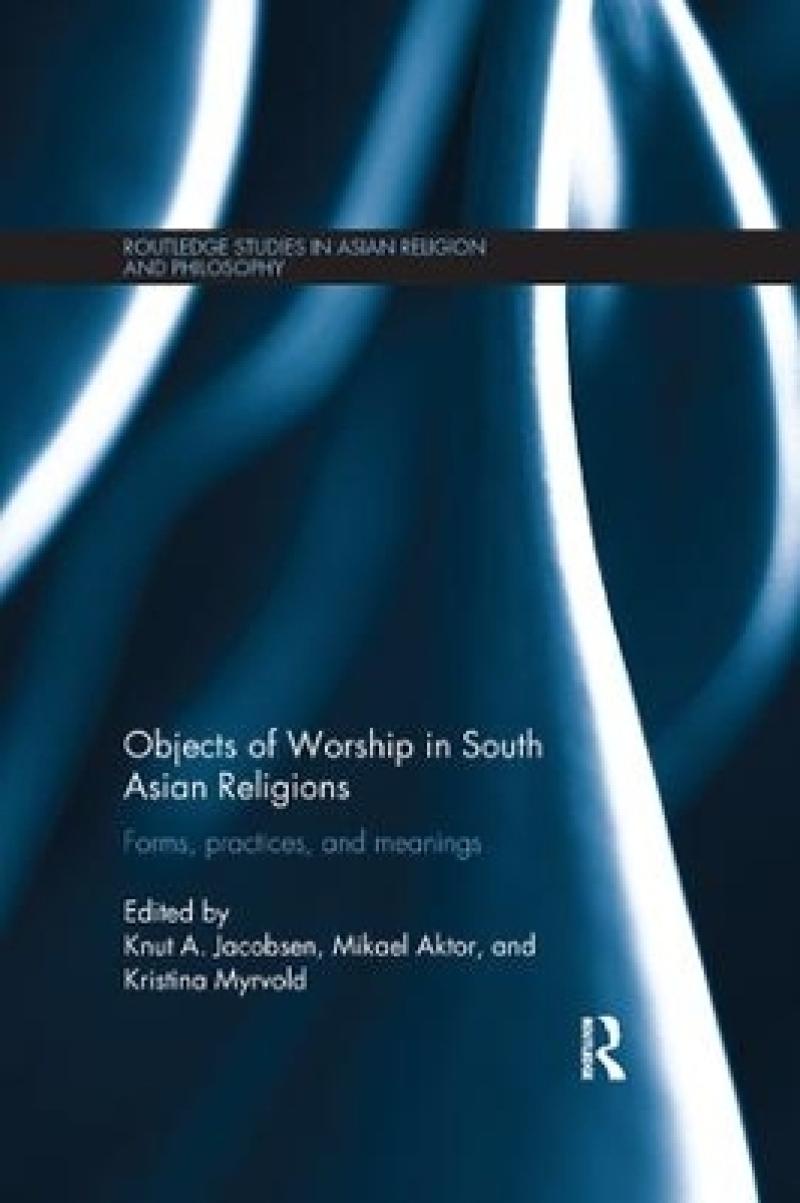Produktdetaljer
Biographical note
Knut A. Jacobsen is Professor in the History of Religions at the University of Bergen, Norway. He is author and editor of around thirty books and numerous articles and is the founding editor in chief of the six volume Brill’s Encyclopedia of Hinduism (2009-2014).
Mikael Aktor is Associate Professor of Study of Religions at University of Southern Denmark. His publications include Ritualisation and Segregation: The Untouchability Complex in Indian dharma literature with special reference to Parāśarasmṛti and Parāśaramādhavīya (2008).
Kristina Myrvold is Assistant Professor of Religious Studies at the Department of Cultural Studies, Linnaeus University, Sweden. She has published several articles on Sikh practices in Sweden and in India, and is the editor of publications such as Sikhs Across Borders: Transnational Practices Among European Sikhs (with Knut A. Jacobsen, 2013).
